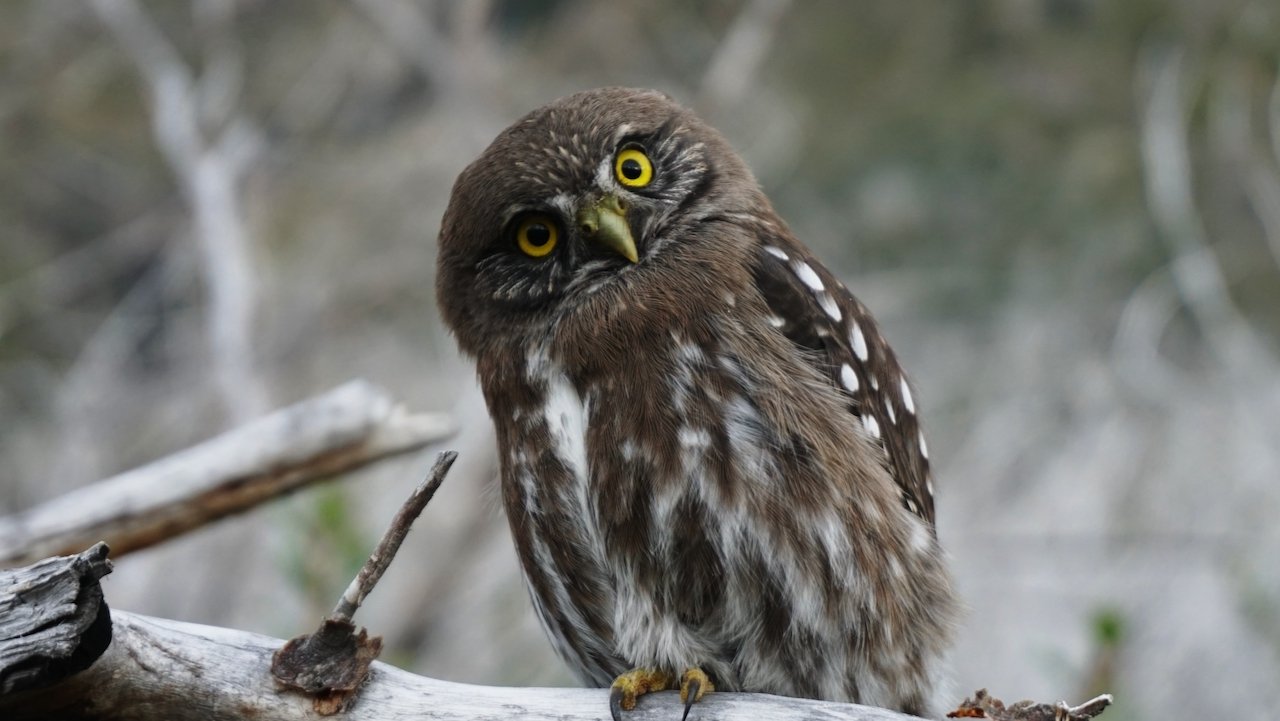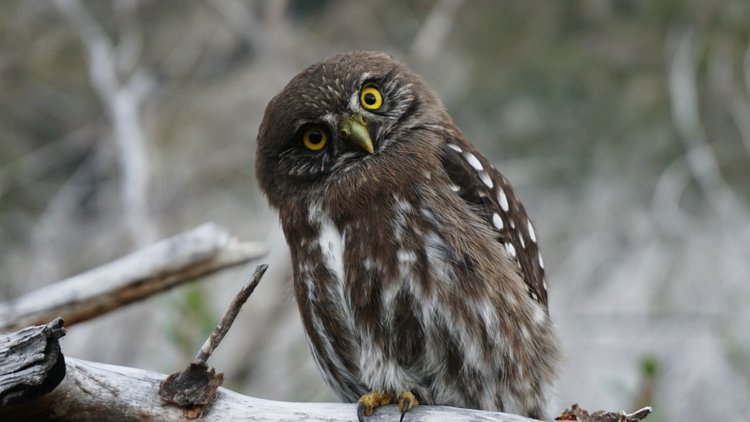Here at ilumin, we’ve been taking a hard look at animal eyes—from the weird and wonderful to downright odd eyes around the animal kingdom.
But to really understand how human eyesight compares to animal eyesight around the world, we’re adding some context to give you a broader perspective of just how differently we all see the world.
Distance Vision
We homo sapiens and our 20/20 vision are no bald eagles, but our distance vision is actually quite strong. Due to the earth’s curvature, your range of vision tops out at about three miles. However, if the earth was flat, you could see for hundreds of miles! Theoretically, on a clear and dark night, the human eye could see a flickering candle flame from 30 miles away.
Eagles, on the other hand, have 20/5 vision, meaning they can see things from 20 feet away with the same sharpness that we see from just five feet away. In short, they can see four to five times further than people.
That same flickering theoretical candle we could see from 30 miles away could be seen by an eagle from over 100 miles away!
Night Vision
In low light conditions, our pupils and retinas work together to help us see better. Unlike distance vision, though, we’re not that close to the rest of the animal kingdom for night vision. Our eyes take nearly 10 minutes to adjust to darkness, and up to 40 minutes to adjust to the maximum level.
The strength of an animal’s night vision (scotopic vision) comes down to how photosensitive an eye is, which depends on the amount of rods (for low-light vision) and cones (for high-light vision, color, and spatial perception) in the eye. The tawny owl, for example, has 200% better night vision than a human, largely due to the fact that its rods outnumber the cones in its eyes by 30 to 1.
Animals like owls, cats, deer, and horses have another biological advantage: Tapetum lucidum. It’s a layer of tissue found behind the retina that reflects light into the animal’s eye for superior night vision. It’s the mechanism that gives your cat’s eyes a spooky glow at night!
Color Vision
Though the field of human color vision isn’t fully understood, it’s estimated that we can see about 100 different shades of colors, amounting to about 10 million color combinations. The cones in our eyes have color-detecting molecules that allow us to see light on the visible spectrum in between red light and ultraviolet light. These cones are able to perceive one of three colors: red, green, or blue.
Dogs are commonly thought of as “colorblind” due the fact that they only have two types of cones in their eyes. With this “dichromatic vision” dogs can only discern blue and yellow. Us humans would call this red-green color blindness, meaning they can’t discern the two colors. So for example, the color red might look like a grayish brown color, or even black, to a dog.
Simply put, your furry companion can’t quite see as rich of a spectrum of colors as you. But don’t feel too bad; what they lack in sight they make up for in smell (and cuteness).
Some birds, bugs, and fish actually have four cones types in their eyes, allowing them to see ultraviolet light, unlike humans. Certain types of butterflies have a whopping 15 cone types in their eyes, and the mighty mantis shrimp has the most in the animal kingdom with 16. In addition to UV light, they can see polarized light!
Keeping Perspective
Now, we love art and visual pleasures as much as anyone, but we don’t think you should be jealous of the mantis shrimp’s color perception any more than a dog should be jealous of our superior color vision.
Vision, like all systems in the body, has evolved over time to help us adapt to our unique environment. Owls are nocturnal and require superior night vision to survive. Eagles spend their lives in the air, so naturally they evolved superior distance vision to spot their prey from high in the sky.
Unlike animals, though, we’re lucky to have the practices and tools to assist or heal our vision when it’s not feeling up to par!
If your eyesight isn’t feeling as eagle-like as it once was, schedule an eye exam today! Call us at 402.933.6600 to set up an appointment at one of our two locations at Regency and Lakeside.










